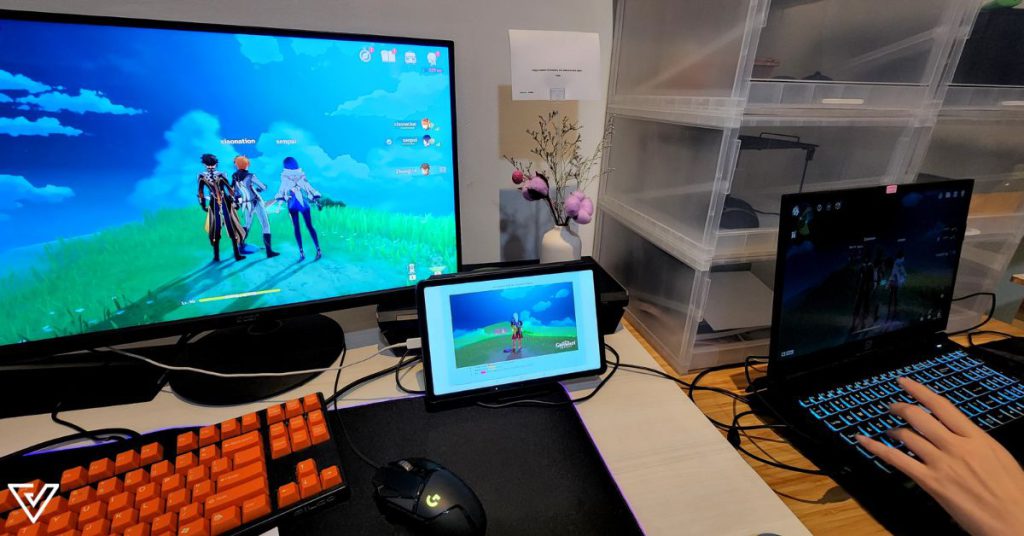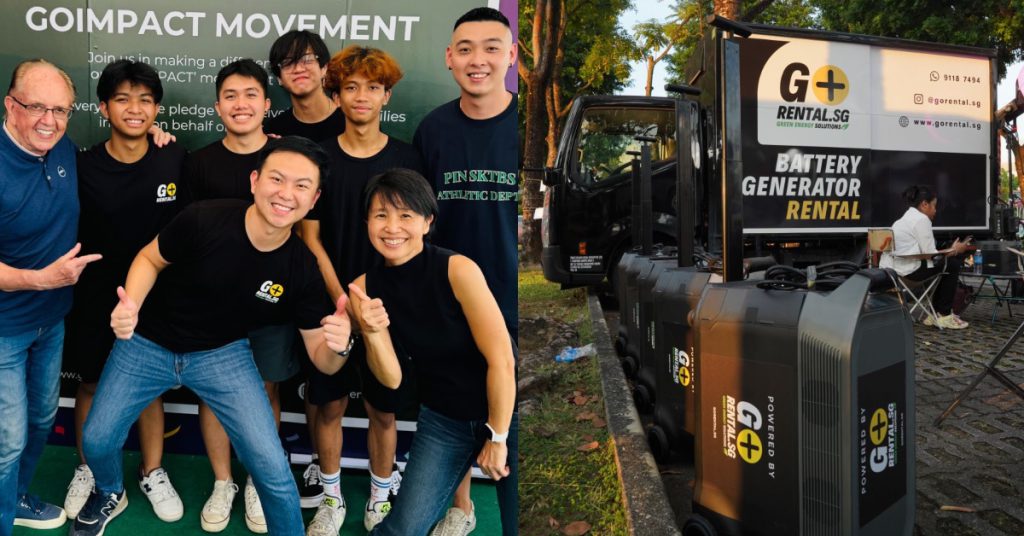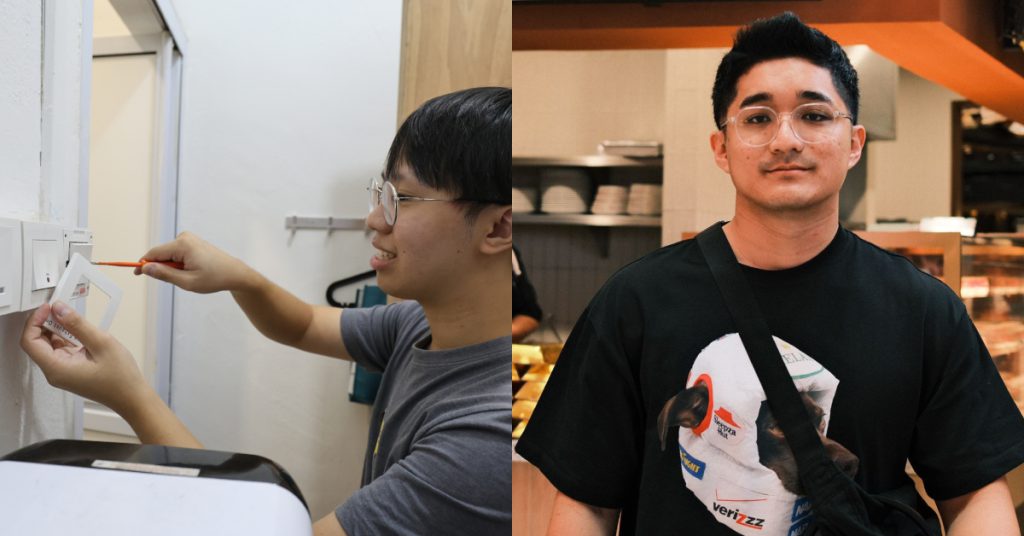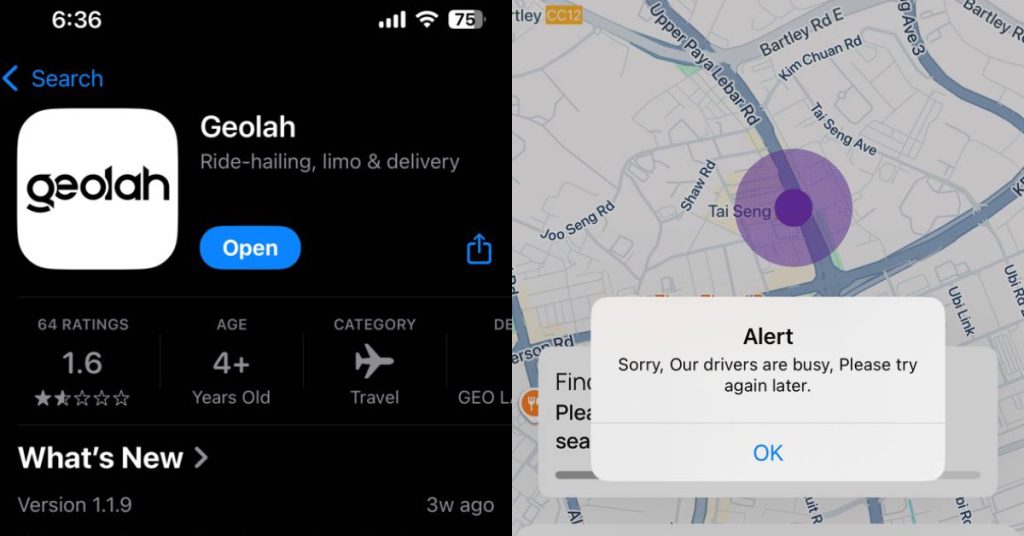Genshin Impact and esports. Not two words you would normally see together. Some would say it’s an impossible concept, even.
They’re not wrong. As a largely player versus environment game (PVE) where computer-controlled enemies are all you can fight, Genshin Impact is the opposite of player versus player (PVP) games such as Valorant, PUBG, and more.
With the nature of esports being competitive and focused on human-versus-human gaming, it’s clear why Genshin Impact hasn’t become a big name in the space.
But now, a Malaysian events management company, IO Esports, in collaboration with HoYoverse, has made the seemingly impossible, possible.
Introducing: Genshin Impact SEA Carnival 2022. 64 teams across SEA will compete to make it into the finals, where the Top 8 teams will race to the finish line.
Being huge Genshin fans, my boss, Sarah, and I had our interest piqued. How would all this play out? How competitive can it get? What prizes were there to win?
Just watching from the sidelines didn’t seem enticing, though.
So, we signed ourselves up.
Playing by the rules
The very first thing we needed was a team of three, so I quickly roped a friend in with the promise of money at stake, if we managed to get into the Top 8.
The Top 8 would be the only teams who would play at the finals, which would be held in person at Comic Fiesta, KLCC.

The prizes were as follows:
- 1st Place: US$4,000
- 2nd Place: US$2,000
- 3rd Place: US$1,000 and 1,000 Primogems for each team member
- 4th to 8th Place: US$500 and 500 Primogems for each team member
After signing up for us (giving me the unofficial title of Team Leader), we waited to see if we would even get picked for the qualifiers, which was about a week away.
You might think that since it’s Genshin Impact, there’s not much practice or preparations to be done, especially if you’re someone who plays quite regularly.
But there was a 46-page-long PDF document of tournament rules that we had to digest.
Feeling responsible for doing the grunt work, since I was the one who encouraged my teammates to join, I rolled up my sleeves and set to reading the rules over the course of a few days.
Basically, the tournament would be split into two main activities: domain speed runs, and sprints.

The flow would go like this: finish a domain as fast as possible, exit it, begin sprinting from that domain to find a predetermined landmark, take a picture with your teammates as proof, teleport to the next domain, rinse and repeat.
In total, there were 10 domains and 11 sprints to complete, and we would be given an hour to complete them all.
The timer would run continuously once we clicked “Start” on the first domain, which meant that strategy and preparation would actually make a difference.
To ensure a level playing field for all 64 qualifying teams, we would be given developer accounts and a developer version of the game to download.
Artifacts would be similar all across the board, and we all had the same Refinement 5 weapons and Constellation 6 characters. It was like getting to play a mega whale’s account, albeit one with not very good artifact options.
Getting the fastest completion time on the entire challenge was the goal in order to be Top 8, but if there were teams who tied, the judges would provide bonus weightage points to teams who used more 4-star characters in the domains.
Getting into that game grindset
At the time of signing up, we had just about a week and a half to begin preparing for the online qualifiers. It didn’t seem that terrifying at first.
Was I overconfident because I played the game almost every day? Maybe. But as the days quickly slipped past, closer and closer to the qualifiers, I began getting cold feet.
Now with just a week left, I scrambled to practise. Each night after work, I’d log in and beg my online friends to help me trial run the domains and sprint routes.
The goal was to figure out what some of the fastest team rotations were for each domain, and the best sprint routes.
We would test run about three domains each night, going through several team builds, and I’d end each practice session with note-taking.

It was intense. Each session could last up to three hours. (That was peanuts though, compared to when we found out that one of the competing teams would practise up until 3AM for the tournament!)
But honestly, the more we practised, the more anxious I got. It was getting too real.
Even just recalling all this has got my tummy in knots.
We fought our best, but did we triumph?
And then, it was the day of the qualifiers. This was it. Our time to shine, to not fail and embarrass ourselves spectacularly.

Hanging out at Sarah’s place to do the qualifiers together in person, we were both bundles of nerves.
More accurately, we kept swinging between being fairly confident and being a thread away from a freak-out.
These were domains and routes I feel any regular Genshin player would already be very familiar with, but somehow, when put into an esports context with higher stakes, suddenly seemed more challenging.

In the provided prep time leading up to our chosen challenge slot, our team cycled through our selected characters (as per my notes) and equipped appropriate artifacts and weapons.
We could have cooked some healing and buffing food as well, but would have had to hunt down the right ingredients to do so, which was a little too time-consuming.
Any major pre-preparation such as clearing specific puzzles and enemies as outlined in the 46-page PDF was grounds for disqualification (DQ), plus we were required to exit the game prior to the challenge time and log back in with an IO Esports moderator present.
Exiting the game developer account each time would completely reset the world, including the characters’ artifacts and weapons. Therefore, any major pre-farming before the challenge time would have been fruitless anyway.
Finally, it was time to begin. Thanks to my decent preparations the past week, we worked like a rather well-oiled machine, quickly assigning each person to a character for domains, then sprinting together to the next landmark.

But, just like expectations versus reality, the real run was very different from practice runs.
Some shenanigans included: dying (in domains), screaming (after dying in the domains), panicking as we had to swap artifacts and weapons over to a replacement character (because we had next to no time to heal at the statues and no food), falling and getting lost (while sprinting all over the map), and the list probably goes on, and on.
Don’t get me wrong though—despite the sweaty palms and incessant sharp screaming (courtesy of me and Sarah, mainly), there was always crazy laughter afterwards, and we were proud that we were quick on our feet when coming up with strategies to adapt.
We finished with 20 seconds left on the clock, and boy, we were so fricking proud. No matter what happened now, or what the results were, we were satisfied and happy.

When the Top 8 teams were announced, our team was not in the list. Sure, we were slightly disappointed, but we knew that some of the competing teams had done extremely well and deserved to proceed to the finals.
The aftermath
Being my first-ever esports tournament as a participant, the Genshin Impact SEA Carnival 2022 was honestly an awesome experience, despite the kinks in its overall organisation.
And there were actually quite a few of them, something that many participants were actively pointing out to the moderators in the event’s Discord server.
Among common complaints were:
- There were too many rules and restrictions, though I could understand the need for them to make Genshin Impact an actually challenging game for esports.
- The rules were not clearly written, and a lot was left up to everyone’s best interpretation. For example, many teams misunderstood “all players of the Team must be from the same country they registered under when submitting the application”, which led to lots of DQs after they had already done the online qualifier.
- Many teams ended up confused as to why they were suddenly DQed without warning, since moderators should have told them from the beginning that they wouldn’t be able to join after combing through all the team registration forms. In a way, they felt that IO Esports had unnecessarily gotten their hopes up.
- Most times, IO Esports was unresponsive to participants in the Discord server, which was pretty much the only direct channel of communication we had with them. They would pop in and reply to a bunch of inquiries every now and then, but even on the day of the online qualifiers, many participants still had unanswered questions. This led to confusion during the tournament, and subsequent DQs.
- There was a lack of transparency in a lot of the decisions made by IO Esports for the tournament, namely in terms of why some teams ended up DQed and how points were even calculated to select the Top 8.
- When IO Esports posted the results list of all 64 teams, many teams pointed out that their final challenge times didn’t match up to what their timers showed during the qualifiers. Later, IO Esports admitted that they had made some errors with the calculations, and had to re-evaluate some teams’ performances.
There were probably many more complaints, but these were some major ones that seemed to have impacted participants’ experiences significantly.
If the rules and regulations had been written better, with more clarity, and if the IO Esports team had practised better communication and transparency with the participants, a lot of the above complaints could have been avoided.
Nonetheless, it is the first time that the company is hosting a Genshin Impact esports tournament (which is already rare, and this is likely the first large-scale one in Malaysia), so I’m sure they’ll be taking the feedback given to host a better one next time.
Whenever they do, you can bet Sarah and I will be ready to sign up once again. Until then, we wish the Top 8 teams the best of luck at the finals this weekend!
If you’re interested in seeing all of our wins and fails during the qualifier, enjoy the video below:











